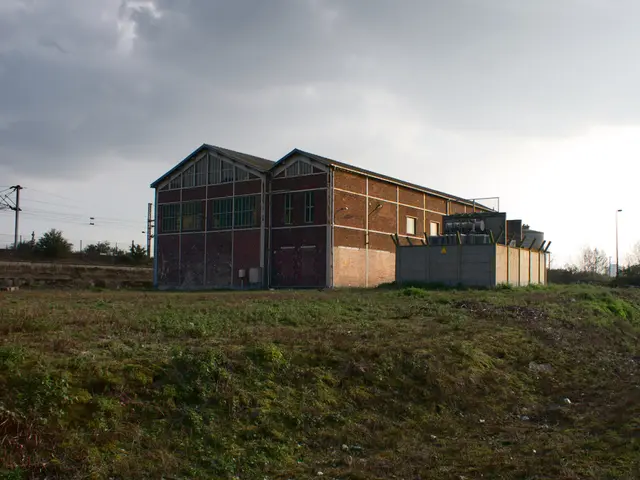NATO’s Bold 5% GDP Defense Plan Faces Transparency and Resilience Challenges
NATO members have agreed to increase defense spending to 3.5% of GDP, plus an additional 1.5% for resilient infrastructure. Spain is the only country not meeting the new target, while most others, including Italy and Germany, are boosting their budgets significantly.
The NATO summit in June 2025 also committed to a collective defense-spending benchmark of 5% of GDP by 2035. This includes 3.5% for traditional defense and 1.5% for resilience. NATO has discussed resilience since 2016, with seven key requirements including secure energy and communications, and managing mass casualties.
To effectively implement resilient spending, NATO should establish a shared taxonomy, transparent reporting, outcome-based metrics, and multinational projects. It should also integrate resilience into defense planning and coordinate with the EU. Without these guardrails, the 1.5% pillar risks creative accounting and undermining the credibility of the spending pledge. Allies have differing interpretations of the 5% pledge, with some focusing on hard defense and others emphasizing resilience. The next NATO summit in 2026 should address these issues to turn resilience into a force multiplier for collective defense.
Resilience is not an alternative to hard power but its enabler. Investing in resilience strengthens deterrence and defense. The 1.5% resilient component includes investments in critical infrastructure protection, cyber defense, military mobility, and support for the defense-industrial base. NATO's cohesion depends on comparable effort and transparent burden-sharing, which could be diluted if resilient spending becomes unverifiable. The 1.5% resilient component lacks clear definitions and oversight mechanisms, creating ambiguity and potential for creative accounting.
Read also:
- American teenagers taking up farming roles previously filled by immigrants, a concept revisited from 1965's labor market shift.
- Weekly affairs in the German Federal Parliament (Bundestag)
- Landslide claims seven lives, injures six individuals while they work to restore a water channel in the northern region of Pakistan
- Escalating conflict in Sudan has prompted the United Nations to announce a critical gender crisis, highlighting the disproportionate impact of the ongoing violence on women and girls.







